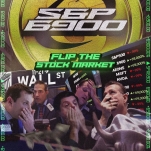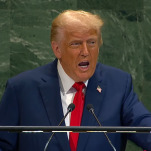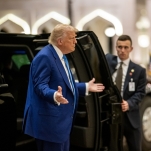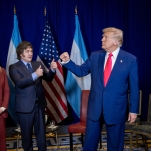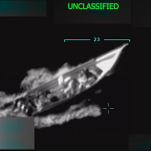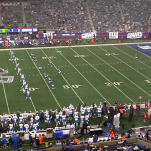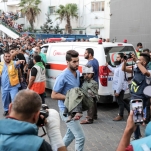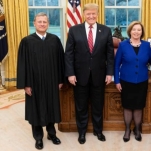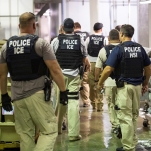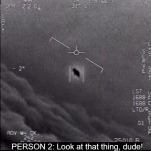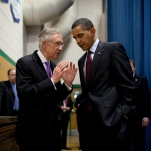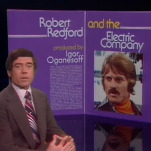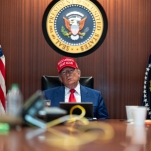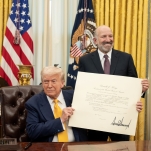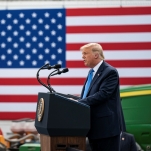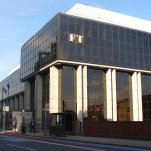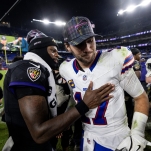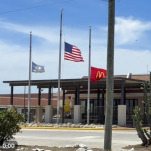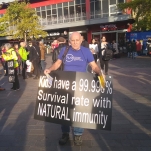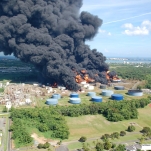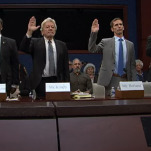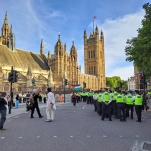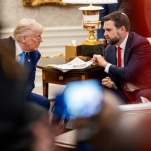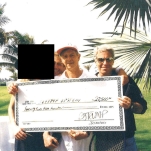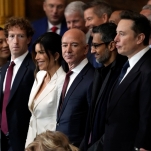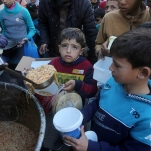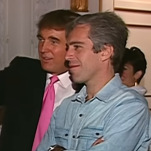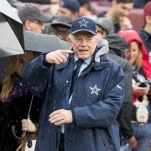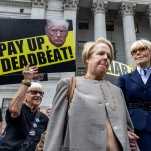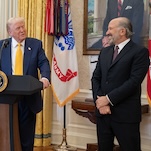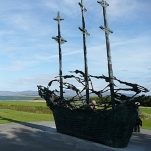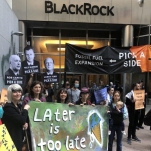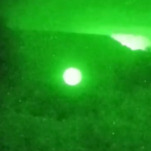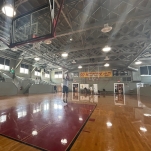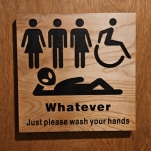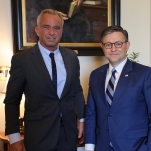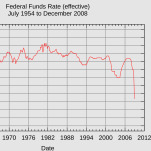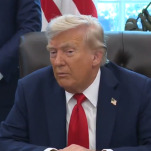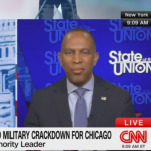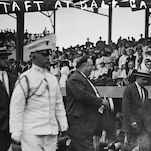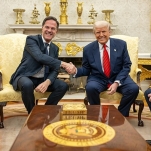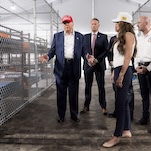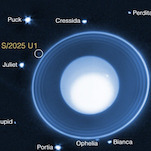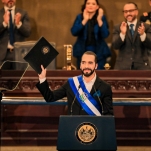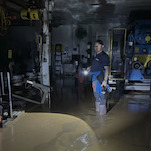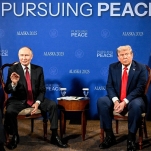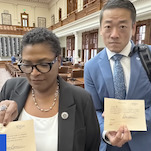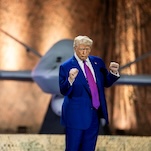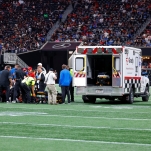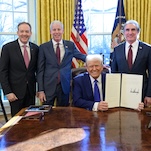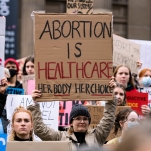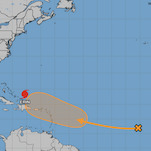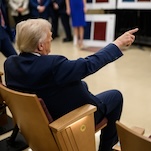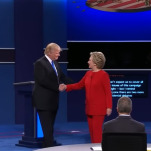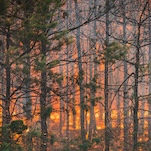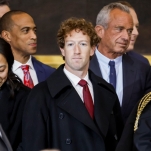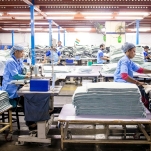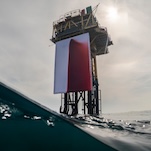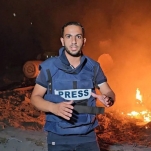Methodology: How Dan Archer made his Ferguson virtual-reality experience
Dan Archer is a graphic journalist and current Reynolds Journalism Institute fellow who reports the news using comics and designs interactive pieces based on real-life events. He created Fusion’s virtual reality experience of the shooting of Michael Brown in Ferguson, Missouri. Here’s how he did it.
The comics in this story are based on the accounts given to media outlets such as CNN and NBC by eight people who witnessed Michael Brown’s death. Some of the eyewitnesses chose to remain anonymous, hence their depiction in the comics as silhouettes. The eight accounts included here were given in the immediate aftermath of the shooting—and before a grand jury decided not to indict Darren Wilson.
Scenes from “Josie’s” point-of-view.
The drawings reflect my interpretations of the events described by witnesses. They are based on recorded witness accounts, but the visual interpretations of the recordings involved some artistic license. The specific locations of the eyewitnesses were generated based on first-hand visits to the scene, cross-referenced with footage that some of those witnesses made publicly available. Michael Brady, for example, released smartphone video footage showing the altercation between Brown and Wilson facing west towards Florissant Avenue on Canfield Court. This was recorded immediately after he left his apartment, having witnessed the start of the incident unfold from inside. As a result, I assumed his apartment was the closest one to the vantage point that the video was shot from.
Scenes from “Tiffany’s” point-of-view.
Tiffany Mitchell’s account said that she was “coming around the corner,” but that she also saw Wilson and Brown “tussling through the window,” which I took to mean that she was on the same side of the street as they were (otherwise, her view would have been blocked by the police car). I also assumed she was on the east side of the apartment building as otherwise that would have meant Brown would have run towards her and been approximately a dozen feet away from her when he was fatally shot, which is a detail that I thought Mitchell would have emphasized had it been the case.
The final drawings have not been reviewed by the witnesses for accuracy. None of the witnesses returned inquiries about the project.
The virtual reality environment in the game was informed by photos taken in Ferguson at the Canfield Green apartments complex, where Brown was shot. The “beacons” in the game—which represent the locations of eyewitnesses—were placed by cross-referencing witness statements with published videos or photos, among other techniques.
In terms of pipeline, I first went to the scene to take picture references (but was unable to contact the eyewitnesses in person), then mapped out the environment using Google SketchUp. Then I produced basic building/car/tree/street outlines on top of Google Earth satellite imagery and sent those to a team of 3D artists, who rendered the outlines into high-resolution 3D assets using 3DS Studio Max. Those were then assembled and the interactivity programmed inside the Unity game engine. In parallel to the 3D assets being created, I transcribed interviews given by the eyewitnesses from publicly available sources before drawing them inside the digital graphics program Manga Studio.
-

-

-

-

-

-

-

-

-

-

-

-

-

-

-

-

-

-

-

-

-

-

-

-

-

-

-

-

-

-

-

-

-

-

-

-

-

-

-

-

-

-

-

-

-

-

-

-

-

-

-

-

-

-

-

-

-

-

-

-

-

-

-

-

-

-

-

-

-

-

-

-

-

-

-

-

-

-

-

-

-

-

-

-

-

-

-

-

-

-

-

-

-

-

-

-

-

-

-

-

-

-

-

-

-

-

-

-

